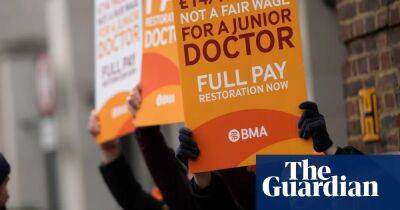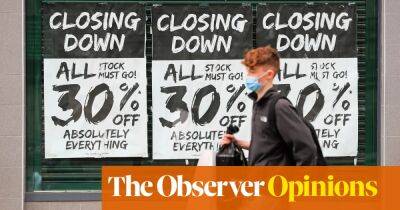The Guardian view on the gender pay gap: transparency on its own isn’t enough
T he difference between men’s and women’s median hourly pay in the UK has edged up since companies with 250 employees or more were forced to publish this information six years ago. From 11.9% in 2017-18, the gap rose to 12.2% last year and stayed the same this year, according to analysis by the Financial Times. The proportion of employers paying men more than women has also risen, and now stands at 79.5%. This is not the result that those who pushed for compulsory reporting hoped for. The idea was that transparency would bring change, through a combination of pressure from better-informed female workers and the embarrassment of bosses.
The headline figures conceal a huge amount of variation. Education, finance and construction are the sectors with the biggest gaps – all over 22%. Of the three, only construction has made significant progress towards shrinking it in the period since compulsory reporting was brought in. Well-known businesses with huge gaps include Lloyds, with 34.8%, and prestigious law firms. The figures are a reason for anger, as well as concern, for anyone who believes that men and women should be financially equal. But the most painful effects will be felt at the bottom of the income distribution. Women, particularly black and minority ethnic women, pensioners and lone parents are consistently over-represented among the poorest households. Worryingly, research suggests that where the pay gap has shrunk, this is due to the falling wage levels of low-paid men, as well as the beneficial impact of the minimum wage.
How they will address the stubborn gap in pay levels is a question which all politicians, but above all members of the government with relevant briefs, should be called on to answer. Several
Read more on theguardian.com

















